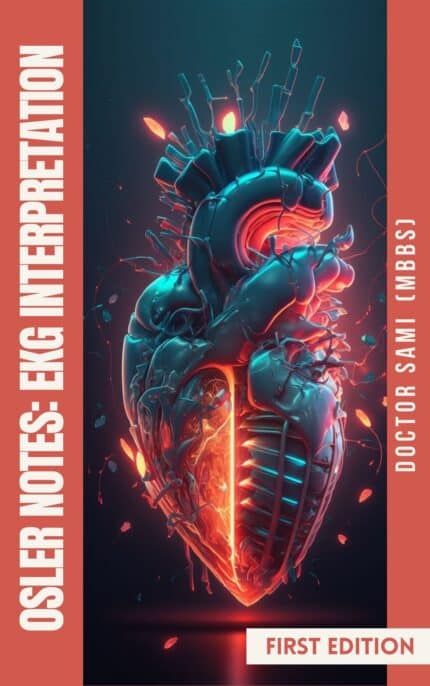
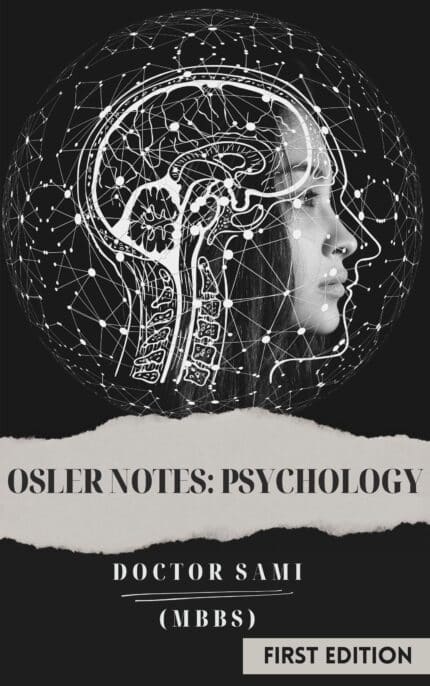
Mechanical Ventilation
$50.00 Original price was: $50.00.$39.00Current price is: $39.00.
🎥 Mechanical Ventilation: The Unsung Double in Critical Scenes
When I was younger, I fell in love with photography 📸 and filmmaking 🎞️.
I saw the world through light, rhythm, and story.
So when I entered medicine, I brought that lens with me.
I began to see each tool, each decision, each monitor—as part of a larger narrative.
And in this medical film:
-
ABG = 🎬 VFX — revealing the hidden world of acid-base balance and oxygenation
-
EKG = 🎧 Sound Design — capturing the emotional rhythm and urgency of the heart
-
Mechanical Ventilation = 🎭 The Double — the unsung hero who takes the stage when the lungs can’t
🫁 If the lungs are the lead actor in the performance of life,
then mechanical ventilation is the stunt double —
stepping in during the most intense, high-stakes scenes.
It takes over when the star is too weak to perform,
mirroring every breath, every pause, every rhythm —
until the lungs are ready to return to the spotlight 🎙️✨
🎭 Just like a film double:
🔁 It doesn’t replace the lungs — it preserves the story when things get dangerous
🎬 It performs life-saving scenes with precision, timing, and control
🧠 It works silently, faithfully, until the real actor is ready again
This book is lovingly designed for:
👨⚕️ Senior medical students
👩⚕️ Fresh ICU, Emergency, and Internal Medicine residents
Who are looking for:
📖 A clean, visual, and well-structured understanding of the core principles
🧩 A way to connect physiology to real clinical practice
🏥 And a guide that bridges the gap between textbooks and the bedside
Because in critical care, you’re not just reading a script—
You’re directing life’s most important scene. 🎬🫁❤️
📘 What You’ll Learn in This Book
1. 📍 Introduction
- Identify the general indications for intubation and mechanical ventilation
- Differentiate between positive and negative pressure ventilation
2. 🫁 Normal Lung Mechanics
- Define key lung volumes and understand their interrelationships
- Explain the basic physiology of lung compliance and airway resistance
3. 📊 Monitoring Lung Mechanics
- Interpret peak and plateau airway pressures during mechanical ventilation
- Use inspiratory pressures to assess lung compliance and airway resistance
4. 🌬️ Normal Gas Exchange
- Explain the physiology of pulmonary gas exchange in the context of mechanical ventilation
- Apply the alveolar ventilation and alveolar gas equations
- Understand the A–a gradient and identify common causes of its elevation
5. 🧪 Monitoring Gas Exchange
- Interpret values obtained from arterial blood gas (ABG) analysis and apply them clinically
- Understand the principles and limitations of pulse oximetry
- Describe capnography and interpret the PCO₂–PaCO₂ gradient
6. 😷 Non-Invasive Positive Pressure Ventilation
- Recognize indications and contraindications for non-invasive ventilation
- Differentiate between CPAP and BPAP, and identify typical starting settings
- Summarize the evidence supporting non-invasive ventilation in specific clinical scenarios
7. ⚙️ Ventilator Modes
- Understand the three core variables defining ventilator modes
- Describe commonly used modes: Assist-Control (AC), SIMV, Pressure Control, and Pressure Support Ventilation (PSV)
- Select appropriate ventilator modes based on clinical context, noting their pros and cons
8. 🛠️ Ventilator Options
- Identify the key options and settings used during mechanical ventilation
- Choose appropriate settings for patients with acute respiratory failure
9. 🛡️ Lung Protective Ventilation
- Describe the types and mechanisms of ventilator-associated lung injury
- Understand and apply the principles of lung protective ventilation
- Discuss permissive hypercapnia and its clinical considerations
- Define and explain the concept of open lung ventilation
10. ⚠️ Physiologic Consequences
- Describe the systemic effects of positive pressure ventilation
- Adjust hemodynamic assessments, including pulmonary capillary wedge pressure, in ventilated patients
11. 🔥 Pathologic Complications
- Recognize complications associated with endotracheal intubation
- Identify and manage common mechanical ventilation complications, such as Auto-PEEP, , patient-ventilator dyssynchrony, and ventilator-associated pneumonia (VAP)
12. 🛡️ Weaning and Liberation from the Ventilator
- Understand strategies for weaning and successful ventilator liberation


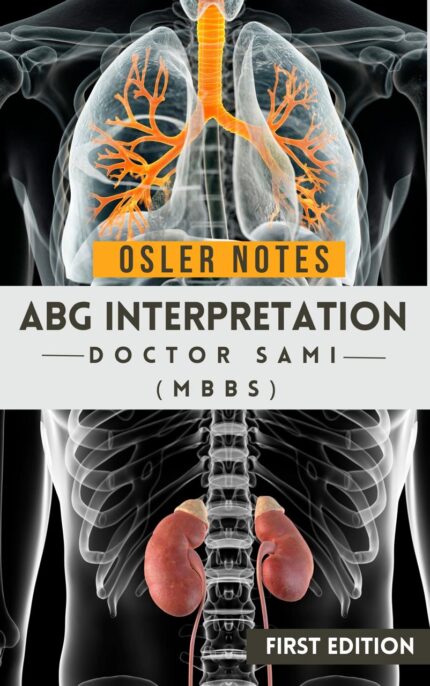
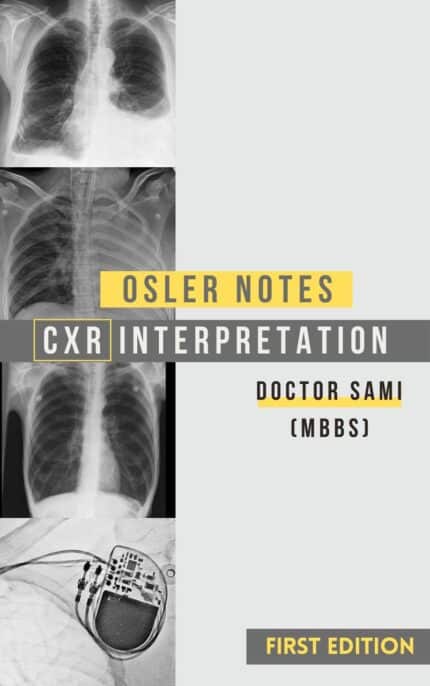

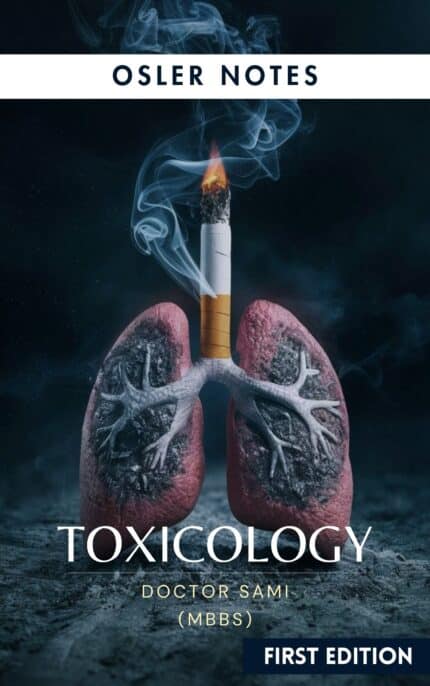
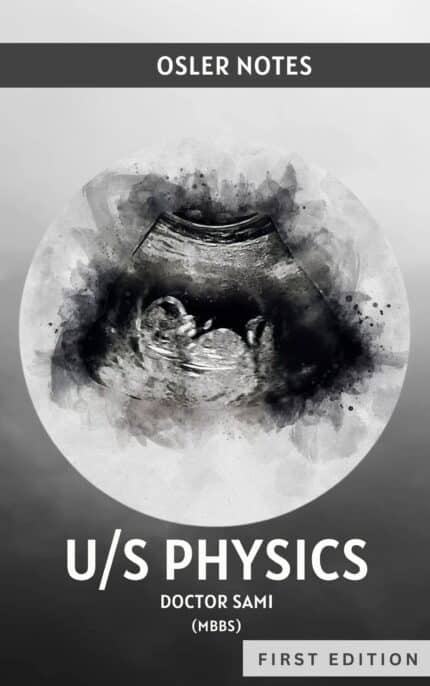
Reviews
There are no reviews yet.